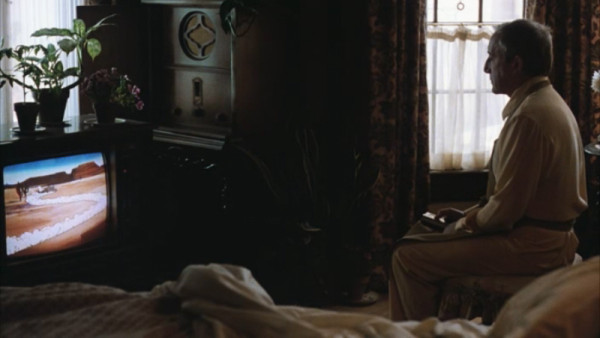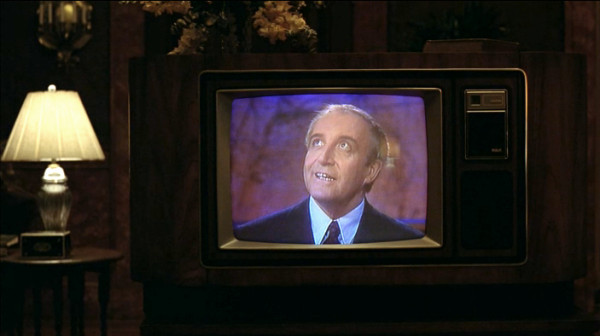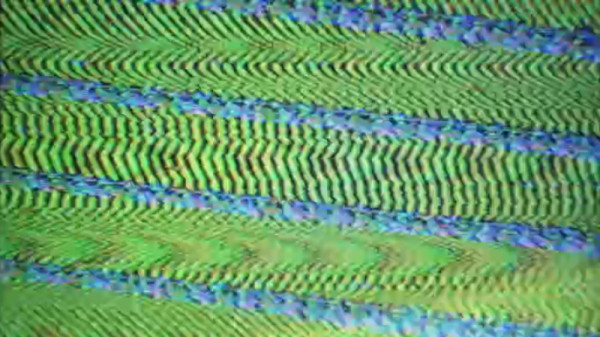The Museum of Fine Arts, Houston regularly invites prominent, local folks to present a favorite movie in their Brown Auditorium. For the latest “Movies Houstonians Love” program, they approached veteran singer-songwriter Robert Earl Keen, and his pick is an interesting one. Next Monday evening (March 2, 7pm), Keen will introduce a special screening of Being There. Adapted from a novel by Jerzy Kosiński, this great and often overlooked 1979 comedy is directed by Hal Ashby (Harold and Maude, The Last Detail) and stars Peter Sellers in his best role. Not unlike some of Keen’s songs, the film is both a simple, funny one-liner and a deeper, more complex reflection.
Chance, played with amazing restraint by Sellers, is a simpleminded, extremely sheltered man. He’s spent his entire life within the walls of a mansion home–mostly alone, tending a patio garden and nearly constantly watching television. When the naive man-child is forced to leave his bubble and wander out into the world for the first time, he brings with him his trusty remote control. Chance’s first steps into the surrounding Washington DC ghetto and up the road toward the nation’s capital are set to a funk version of Strauss’ “Also Sprach Zarathustra”–a nice reference to a grand, evolutionary moment in Stanley Kubrick’s 2001 and a funny, hyperbolic counterpoint to Chance’s calm demeanor as he journeys into this new reality.
The twist is that this quiet, sheltered, simpleton loner raised on channel surfing actually navigates surprisingly well in the modern world. Since he’s a soft spoken white man dressed in a fine suit, he’s taken as wealthy and sophisticated. His detachment is seen as confidence. His childishly simple observations are taken either as profound metaphor or refreshing directness. Chance is an empty vessel–by turns invisible and a reflection of other people’s assumptions.
The larger social satire at play in Being There–even more relevant today than when the film was originally released–is about media and politics plunging together into idiocracy. It’s about narcissism, privilege, disconnection, misinterpretation. In a nutshell, it’s about oversimplified narratives. While the film’s string of odd interactions and misunderstandings is hilarious, Being There is essentially the creation story of a troubled society defined by vague notions, media bites, remoteness, and control.
I asked Robert Earl Keen, who first saw Being There at a theater in Austin nearly 35 years ago, why he loves the movie so much. He immediately cited its understatement. “So much is left to the audience’s imagination. It allows one to feel like a participant.” It’s true. The film plays things so brilliantly straight, subtle, and open that we always see more layers than any of its characters do.
Keen’s favorite “fall down funny” moments in the movie are when Chance’s simple, literal statements are misunderstood as having deeper metaphorical significance. I wondered if he related to these kinds of subjective translations. “As a songwriter, I hear a bookfull of misinterpretation about my songs. Most of it cracks me up. And some of it is downright brilliant–as in, ‘I never looked at the song from that perspective.’ People are drawn to filling in the blanks. It’s the point of this movie. That, and vanity overpowering good sense.”
BEING THERE screens at the MFAH on Monday, March 2 at 7pm. Introduced by Robert Earl Keen. 35mm film print. More info HERE.






